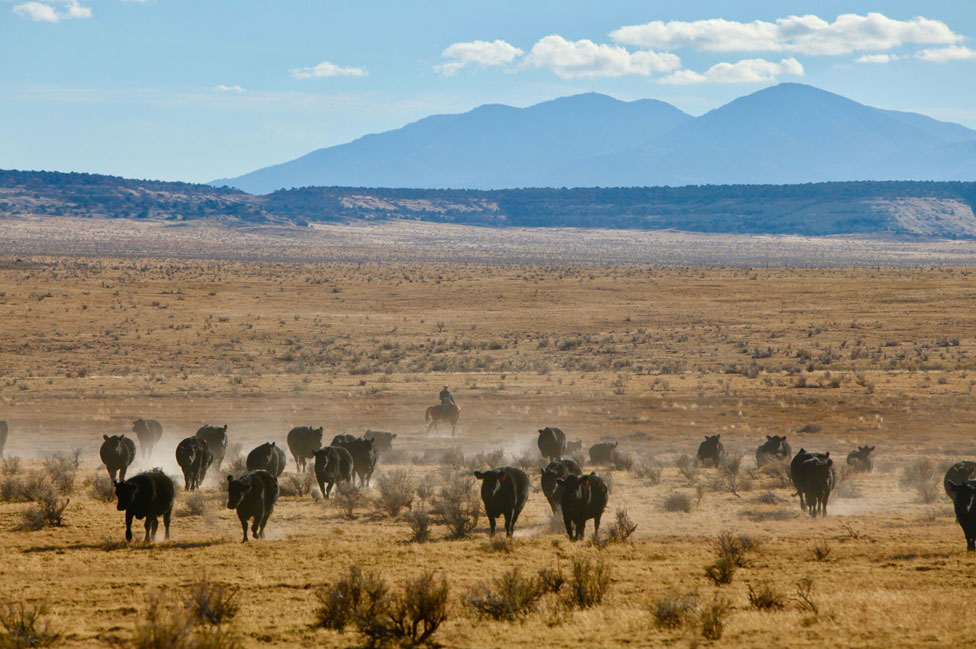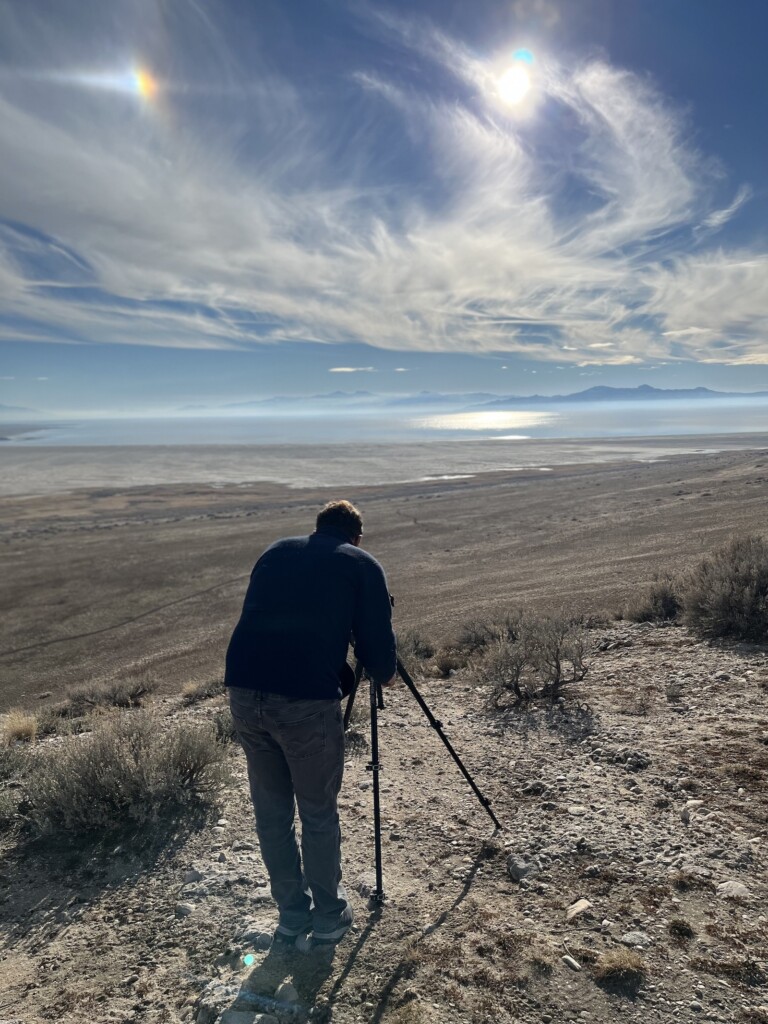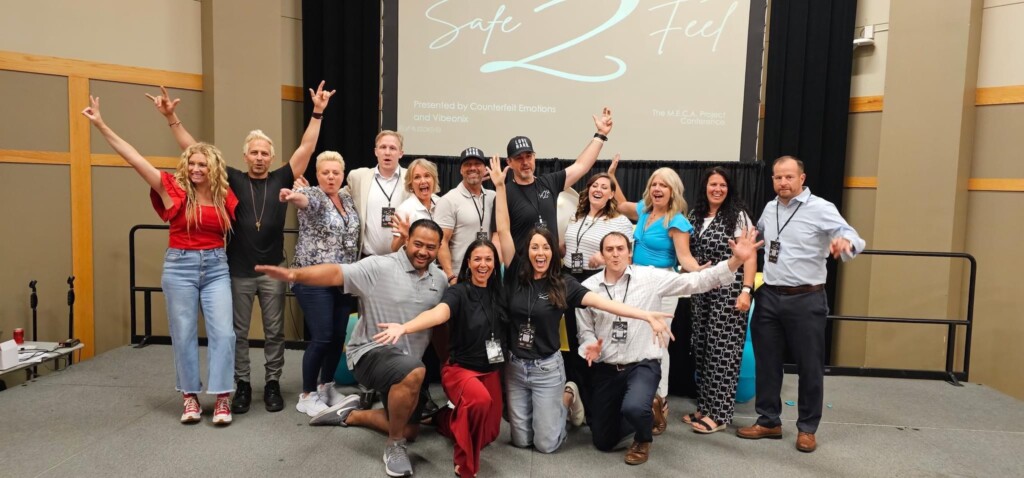
We don’t need to ruin the area’s local economy under the guise of a sanctimonious indigenous renewal, which will only result in providing the federal government greater powers in landlordship.
There is a better alternative than locking up land under greater federal control for improving the land’s viability both economically and environmentally. A major part of this idea would pay true homage to indigenous people by mimicking what indigenous people created in North America over hundreds of generations. The concept is called regenerative agriculture through large-herbivore intensive grazing.
There are 350 million acres of federal land in the west, currently, 250 million acres are administered for grazing by the BLM 100 million acres are controlled by the National Forest Service.
Many of these acres were once lush grasslands, populated with thousands of beaver which made marshy small lakes and areas well-suited for waterfowl, migratory birds, and abundant game. In almost all of these marshes and wetlands, beavers were killed off and marshes were drained over a century ago to produce more optimal cattle grazing areas.
Most of our arid lands in the west today are nearly unsuitable for grazing. One cow for every forty acres is a common ratio on most BLM lands. Poor management of cattle on rangelands has converted thousands of acres of grasslands into sagebrush and scrub over the past century. Sagebrush range results in arroyos (or mini canyons) below ground level channeling water deeper underground, which retains far less moisture and carbon than does healthy grassland.

This can be reversed through intensive cattle grazing operations. These operations are typically maintained by utilizing electric fences, whereby cattle are only allowed to feed on small areas (called paddocks) intensively for a few days before moving on to a new area, allowing the former area to rest and restore for up to sixty days before cattle are permitted to feed again.
This practice requires a great deal of effort by ranchers, moving fencing and cattle much more frequently, but it allows land to rest and regenerate after intensive cattle feeding periods. This process is far superior to the standard “free-ranging” which nearly always leads to overgrazing and the degradation of rangelands.
The intensive grazing process is actually nothing new, it is the same process indigenous people promoted on the Great Plains, which supported millions of head of buffalo. The buffalo’s seasonal intensive migrations are what resulted in our Great Plains becoming one of the most fertile areas in the world and supporting more wildlife and taller grasslands than European settlers had ever witnessed.
Through intensive mowing by large herbivores along with defecation of manure, a natural regenerative soil-composting process occurs. This process happens on a microbial level and increases organic matter and biological activity resulting in topsoil improvement. Slow but steady soil fertility retention, improves the quality and water retention of grasslands. The improvement of biological activity and the retention of carbon in the soil can increase year after year resulting in a dramatic improvement of biodiversity and natural symbiotic ecological development.
The Indigenous people of America found methods of living in much greater harmony with the environment than we do today. We can borrow the best from their culture by honoring Mother Nature rather than harnessing and fighting her into submission. Petty arguments over power and authority ignore the albatross in the room: proper land management. All parties want the best for the environment. Nobody (except a very unfortunate few) wants to destroy the environment. The key is to maintain proper practices that support the improvement of natural symbiotic biological systems.
Below you can see a series of shots from a 15-year restoration project that has transformed an arid, eroded ranch into a habitat for wildlife, wild and native species, and amazing pastures by utilizing practices we mentioned in this article.






